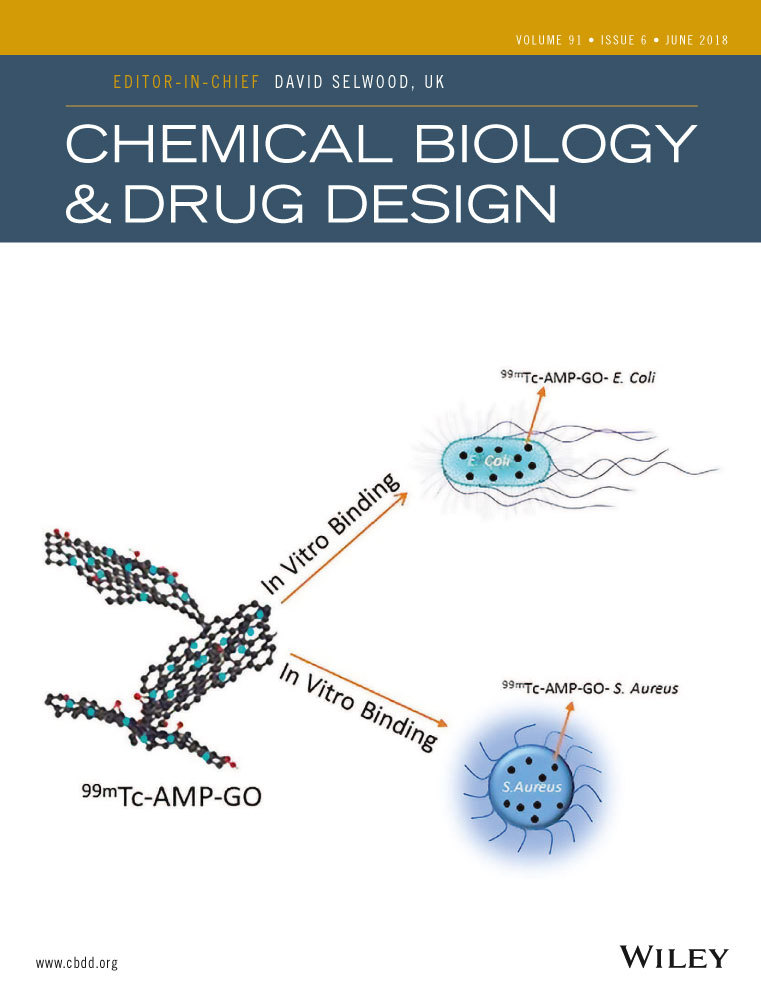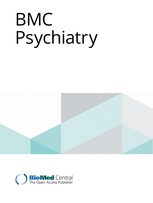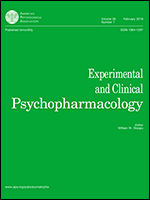
“Pain is a serious health problem that is commonly treated with opioids, although the doses of opioids needed to treat pain are often similar to those that decrease respiration. Combining opioids with drugs that relieve pain through non-opioid mechanisms can decrease the doses of opioids needed for analgesia, resulting in an improved therapeutic window, but only if the doses of opioids that decrease respiration are not similarly decreased. Using small doses of opioids to treat pain has the potential to reduce the number of overdoses and deaths.
This study investigated whether the cannabinoid receptor agonists Δ9-tetrahydrocannabinol (Δ9-THC) and CP 55,940 modify the ventilatory-depressant effects of morphine and fentanyl in three monkeys.
In summary, cannabinoid receptor agonists, which increase the potency of opioids to produce antinociception, did not increase their potency to depress ventilation. Thus, the therapeutic window is greater for opioids when they are combined with cannabinoid receptor agonists, indicating a possible advantage for these drug mixtures in treating pain.”
https://www.ncbi.nlm.nih.gov/pubmed/29807027
https://www.sciencedirect.com/science/article/pii/S0014299918303108









